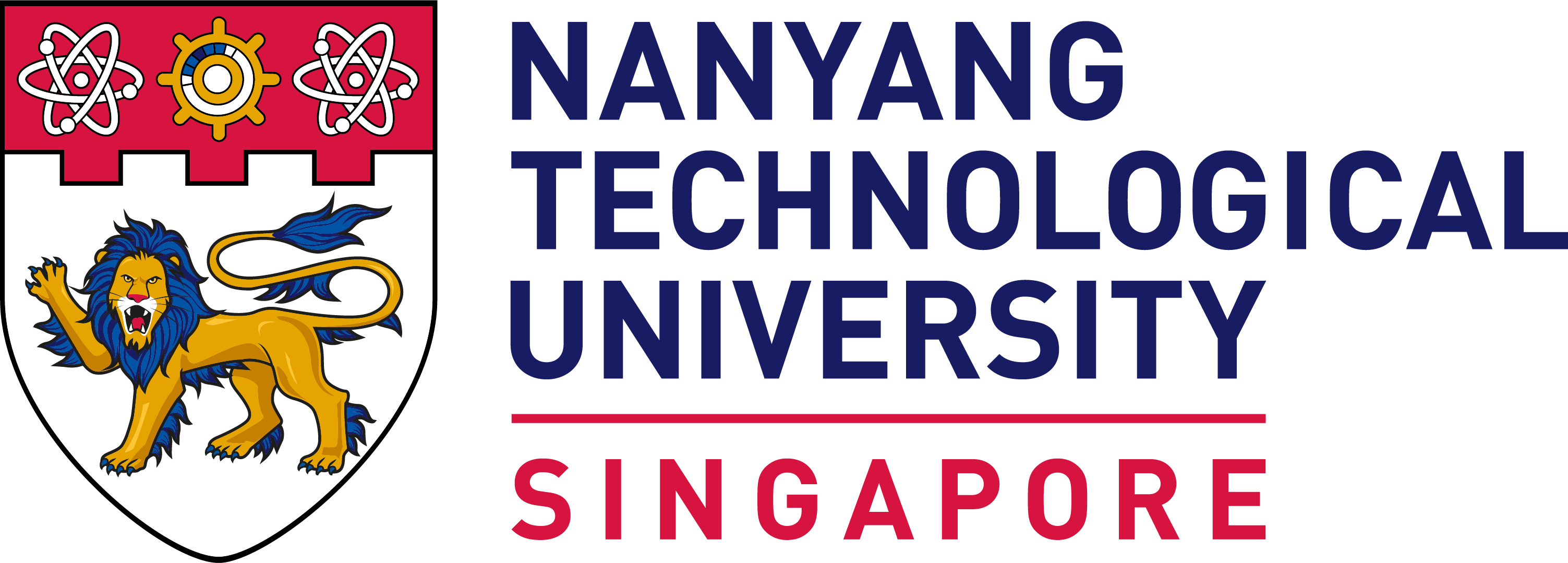Revolutionising Protein Science: The 2024 Nobel Prize in Chemistry and Its Impact
Prof Lescar Julien | School of Biological Sciences; Director of NTU Institute of Structural Biology
The 2024 Nobel prize in Chemistry was awarded to Prof David Baker (University of Washington) for computational protein design and jointly to Sir Demis Hassabis (Google DeepMind) and Dr John Jumper (Google DeepMind) for protein structure prediction. Why are these awards timely and what is the significance of the discoveries made?

These discoveries are the result of a long history that started with the discovery of X-rays in the late nineteen century, followed by the development of X-ray crystallography to make atomic images of proteins. It took about 25 years to determine the first 3D structures of myoglobin and hemoglobin in 1960: the oxygen storage and transporter proteins in our bodies. Natural proteins are composed of long polymer chains (typically hundreds or sometimes thousands of units) taken from a pool of 20 building blocks called amino acids. These polymer chains fold naturally into complex but beautiful architectures (Fig. 1), and in their architecture belies their function.

Why are proteins and knowing their architecture (or fold) so important? Because they are the workhorses that underpin life in all organisms from bacteria and plants, to animals and humans: including antibodies that protect us from infection, ion channels that regulate the flow of neural communication, nerve conduction and muscle contraction (actin/myosin protein filaments), enzymes that synthesise or break down all the molecules needed for our metabolism to function. Having accurate information about the 3D structure (or fold) of proteins allow scientists and engineers to understand their function in detail and design inhibitors to cure certain diseases such as myeloid leukemia (for example, the medication Glivec, used to inhibit a defective protein tyrosine kinase).
The incredible acceleration in computer hardware and software development in the last 35 years, coupled with the introduction of synchrotron radiation, has allowed experimentalists working in Structural Biology to assemble increasingly rapidly several tens of thousands of protein structures, in their free state and in complex with DNA, RNA carbohydrates and other ligands like drugs. These invaluable experimental data have been doggedly deposited since the 1970s into a freely accessible repository, the protein data bank PDB ( www.rcsb.org).
More recently, comes DeepMind; the team at an AI based company that was co-founded by Demis Hassabis, a child prodigy in chess educated in the UK, born to a Greek father and a Singaporean mother. The DeepMind AI team first attracted worldwide attention when they used deep learning computing tools to develop the AlphaGo program that was able to defeat the then world champion of the Go game, a game that, unlike chess, cannot be mastered by computers using traditional computing and algorithmic techniques. After this achievement, the DeepMind team (having been acquired by Google) turned their attention to a 50-year-old unsolved scientific problem that had defeated Physicists and Biologists: the “Folding Problem”. That is: given the linear sequence of a protein composed of the 20 natural amino acids (Fig. 1), can one predict computationally its final folded 3D structure? Using the databases of gene and protein sequences as well as the PDB (containing experimental 3D structures for a sample of the available sequences), Hassabis and Jumper led a group of scientists who, in 2020, came up with AlphaFold2, an AI based software that was able to turn a 1D sequence of amino-acids into a nicely folded 3D structure, with a predicted accuracy that was, for the first time, comparable to the painstaking experimental methods that had to be used so far. This monumental achievement has allowed the assembly of databases like Alphafold ( https://alphafold.ebi.ac.uk/) or Uniprot ( www.uniprot.org) to propose reasonably accurate 3D structures for millions of protein sequences, offering unique insight to biologists studying them and accelerating discoveries in human health, basic biology, agriculture, material science or protein engineering.
The other half of the prize was awarded to David Baker for his pioneering work in computational protein design. While it was a dream for many scientists to switch from an essentially descriptive type of work (collecting the architectures and functions of naturally existing proteins), introducing small variations via site-directed mutagenesis to probe their function with a view to slightly modify their function, David Baker was one of the first scientists to take the bold step of designing an artificial protein from scratch. This was achieved in 2003, when he managed to design a protein named Top7 whose amino acid 1D sequence had no similarity with existing proteins. His methods are embodied in his suite of programs Rosetta ( https://rosettacommons.org/) that have been used to perform various engineering tasks such as the design of immunogens to immunise against SARS-Cov2 or novel enzymes.
Together these discoveries mark the beginning of a new era where protein engineering will flourish with much fewer limitations than before. Developing a novel drug costs between 0.5 to 1 billion USD, with a development timeline of anywhere from ten to fifteen years. Now, academics and companies like Xaira Therapeutics, building on the latest versions of AlphaFold3 that can handle protein-protein, protein nucleic acids or protein drug interactions, promise to deliver faster and cheaper drugs bypassing many hurdles in the tedious drug development process.
This is a very exciting time for Structural and Computational biology thanks to the synergy between many disciplines ranging from machine learning to neuroscience, chemistry and biophysics. The 2024 recipients of the Nobel prize in Chemistry have beautifully shown us the ways and applications to cure diseases; and solving major environmental problems should now follow quite rapidly. The NTU Institute of Structural Biology (https://www.ntu.edu.sg/nisb) is actively involved in addressing these challenges using a set of dedicated platforms and teams of young enthusiastic scientists inspired by these amazing discoveries are following in their footsteps: join the challenge!
For more information, watch the video on 2024 Nobel Prize in Chemistry














/enri-thumbnails/careeropportunities1f0caf1c-a12d-479c-be7c-3c04e085c617.tmb-mega-menu.jpg?Culture=en&sfvrsn=d7261e3b_1)

/cradle-thumbnails/research-capabilities1516d0ba63aa44f0b4ee77a8c05263b2.tmb-mega-menu.jpg?Culture=en&sfvrsn=1bc94f8_1)






